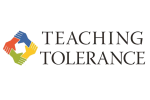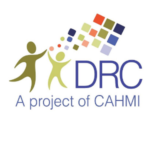Safety
Use YSA’s free We Stand Strong Toolkit to help your community be prepared during disasters by organizing disaster preparedness awareness events.
Bright Horizons Director Brendamarie Contreras shares tips on how to talk to young children about the Boston Marathon bombings.
This article gives educators five ways to help students in trauma.
This article is about how teachers help students who’ve survived trauma.
Spot signs of trauma, and learn how you can help.
This article is about “how trauma is changing children’s brains”.
The Child & Adolescent Health Measurement Initiative (CAHMI)’s mission is to promote the early and lifelong health of children, youth, and families. Part of fulfilling this mission is to disseminate data, information, and ideas to understand and address social determinants of health, like adverse childhood experiences and the trauma and chronic and toxic stress that can result and impact lifelong health. A primary focus is on promoting the development of positive health, such as resilience, engagement in life, and the safe, stable, and nurturing relationships most essential to child development and well being.
After tragedies, kids will have questions. How do we respond?
Strategies for helping children make sense of a violent world include historical perspective, risk assessment of their daily lives, writing to leaders, and reaching out to victims.
SAVE is a student driven organization. Students learn about alternatives to violence and practice what they learn through school and community service projects. As they participate in SAVE activities, students learn crime prevention and conflict management skills and the virtues of good citizenship, civility, and nonviolence.
Expert advice on how to handle difficult questions and conversations in the classroom
This is an article that provides “10 Ways to Talk to Students about Sensitive Issues in the News”.










